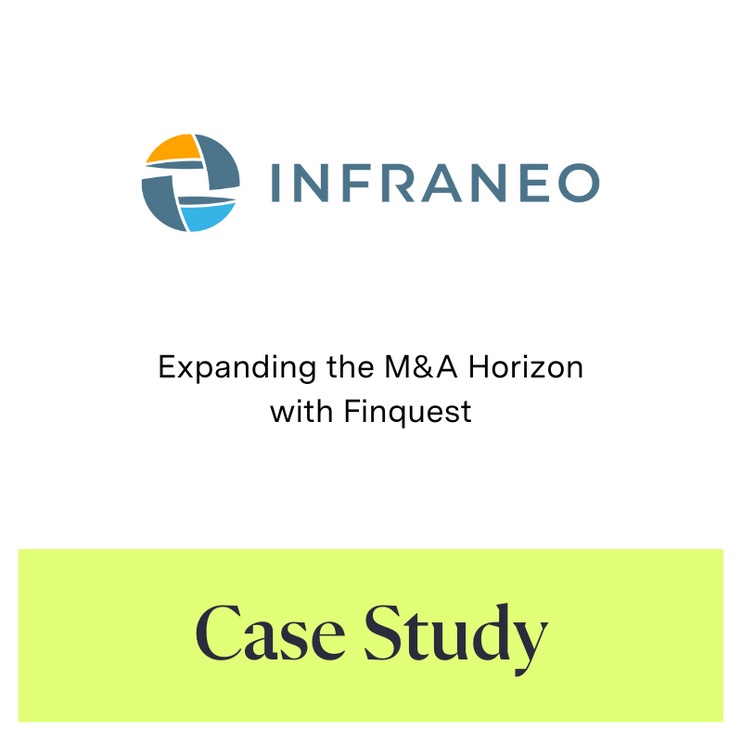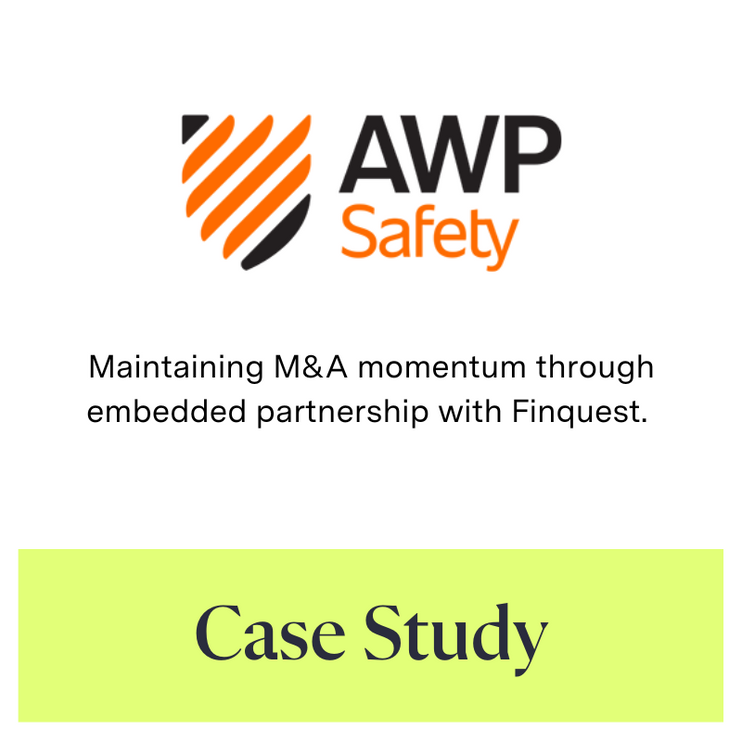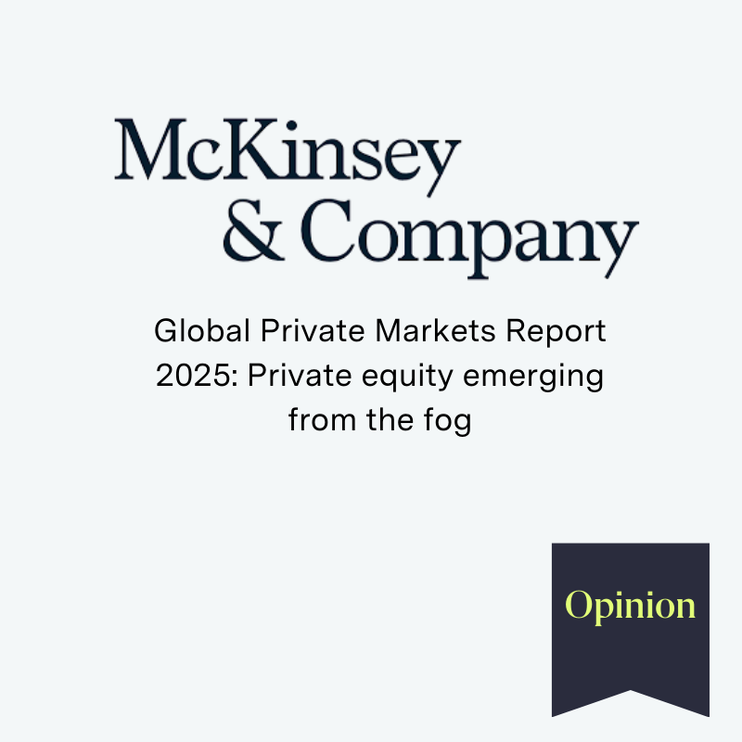
M&A Failure – The Unacceptable Acceptable
Several years ago, I attended an M&A Conference in NY sponsored by McKinsey & Company. The keynote speaker was Stephen P. Kaufman, previously a McKinsey Partner and CEO of Arrow Electronics for 18 years. Stephen spoke about the 50ish acquisitions that were completed under his leadership that helped transform their business. Interestingly, he used a baseball metaphor that some of the deals were home runs, some were singles, and some were strikeouts. He offered a famous baseball adage that “70% failure is good enough for the hall of fame”. That comment, and his talk, have forever shaped my view of corporate M&A.
The Staggering Reality of M&A Failures
In 2011, the Harvard Business Review (“HBR”) published “The New M&A Playbook”, by Clayton M. Christensen, Richard Alton, Curtis Rising, and Andrew Waldeck. The opening sentence in the Abstract is “Companies spend more than $2 trillion on acquisitions every year, yet the M&A failure rate is between 70% and 90%.” That statistic has appeared in countless papers and articles since. In 2021, the total amount spent on M&A exceeded $5 trillion (Reuters, December 31, 2021). The failure numbers are staggering.
Other articles and white papers have followed that are often advertisements for consulting companies claiming to have better methods to assess and mitigate risk. Self-serving or not, the statistics continue to highlight the risks and pitfalls of corporate M&A.
The Overlooked Problem in M&A: Deal Sourcing
The purpose of this post is to shine a light on a segment of the M&A lifecycle that is consistently overlooked as part of the problem, deal sourcing. The argument has always been that the source didn’t matter. Due diligence will flush out the bad deals. Right? Of course, not. The potential for the introduction of bias and the limited scope of targets are just two factors that would not be addressed during a due diligence process. Executives may rationalize that they cannot know all relevant targets, therefore a target that meets the general criteria is “good enough”. It is that exact point that I want to expose with this post to see if it may contribute to the HBR stated failure rates. Bear with me a moment as I recap traditional deal-sourcing methods that I am sure you are familiar with.
Traditional Deal Sourcing Methods & Their Limitations
Historically, buyers have relied on four main sources of deal flow:
1. Internal staff. Your people know the market, competitors, and the new products they want. They know what is affecting their efforts and can identify impactful targets.
2. Executive relationships. Always on the hunt for strategic acquisitions, most executives are inundated with acquisition targets from other executives and their personal networks.
3. Corporate information databases. Dozens of databases with millions of potential targets are available to license for searching for that “unique” target that meets your business requirements. Additionally, your staff uses Google and other search engines to find appropriate candidates.
4. Bankers/Brokers. Introductions through investment teasers have been commonplace for decades. Investment bankers hire industry gurus and play matchmakers to connect buyers and sellers. Associations and even marketplaces have tried to connect buyers and sellers much the same way.
If you, the reader, find yourself relying on these deal sources, buckle up! It will take a few minutes to expose the limitations of each sourcing method.
First, we have the deal sources coming from internal staff. I would never argue that your people don’t know your industry or the role they play. In fact, your team is the only group that can adequately connect your needs with acquisition candidates. I would, however, challenge their ability to be thorough to source deals. Does the staff perspective introduce bias? Can your staff evaluate the entire industry for context and completeness? This is not a reflection of their knowledge or skills, but the lack of data by which to evaluate.
Next, we delve into executive relationships. Much like internal staff referrals, these opportunities come from a specific source that limits the ability to see the entire market scope. Evaluating individual targets creates a skewed view. Much like the prior source, these opportunities are like looking at the ocean through a straw.
Corporate information databases have also been available for decades and offer more information than you will likely find through Google or web search. Events like fundraising or an equity transaction offer these databases the ability to collect business information for private companies. They strive to verify accuracy and completeness. Unfortunately, companies that do not have such an event or chose not to disclose would not appear in these databases. In May 2021, EY reported that only 6.5% of US GDP is supported by private equity. Statista reported in 2022 that European countries were sponsored even less at 0.82% to 1.4%. McKinsey reported in 2019 that number was 0.5% in China. These databases lack most private company data. Additionally, these database companies license their content to anyone capable of paying. Simply put, you are looking at the same data that your competitors are. Ouch.
Finally, bankers and brokers have led the M&A market since it began. If they represent the seller, you can expect that they will share that information with any potential buyer. Their reward is a percentage of the deal, driving them to get the highest price possible for the seller. With the introduction of online data rooms, the ability for multiple, simultaneous buyers to perform due diligence has increased exponentially. Some buyers will hire the banker on a buy-side retainer to find that elusive target, trying to capitalize on the banker’s expertise and reach into that market. No doubt, the banker has a staff of people to hunt through the market to find new prospects. Can they find more/better targets than your own staff? Potentially, but only incrementally so. Ultimately, the banker’s singular goal is to lead you to complete a transaction. In addition to potential retainers and milestone payments, their success fees depend upon the deal’s completion. Furthermore, bankers are unable to expose the entire universe. Even with access to bankers and the databases mentioned above, this approach exposes the ocean through a wider view than a straw, but not by much!
Traditional M&A deal sourcing has relied on limited relationships for far too long. The attempts to solve this problem through marketplaces are hampered by the same constraints. What if the seller is an emerging company that is too small to attract the attention of traditional techniques. What if the seller does not want to be found? Sellers that advertise their availability for all to see are doing so for a reason. True off-market targets are nearly impossible to find, and even then, need significant qualification.
The New Age of M&A Sourcing: A Data-Driven Approach
In 2016, a small team of consultants, bankers, and engineers joined forces to look at this problem from a different perspective. That view included the best of historical sourcing solutions but relied on data and technology rather than relationships.
The first challenge was the mere acknowledgment that the current data sources were insufficient. As previously mentioned, private company data is inconsistent at best, and incomplete is the norm. The intent of the Finquest data was not going to be immaculate, public data, but rather to have enough relevant information on private companies to be able to match them to any M&A / investment strategy. This started by aggregating hundreds of data sources from a vast array of different sources. Of course, this data was never meant to be aggregated, so a systematic approach was created to deduplicate, consolidate, link, rank, and detect anomalies. Enrichment was the next step which included website identification and scraping, social media linking, and the intelligent distillation of meaningful keywords. Add deep learning and natural language-based processing and this massive aggregation of disparate data becomes incredibly powerful. Over time, the team found sufficient foundation to predict additional probability-weighted values for missing data, thereby creating the world’s largest searchable set of private company data.
From Data to Actionable Insights
The team also knew that this data was directionally correct, yet not a fully finished product. And while the identification of a comprehensive set of targets in each market is incredibly valuable, it does still not address the requirements of PE and Corporate executives that need actionable targets.
The final step is to validate both the willingness of those targets to sell, as well as to engage with the CEO/Owner/Founder to collect market intelligence. This is done by the Finquest team interviewing the executives from the target list and introducing our buyers to those willing to entertain a conversation. Market intelligence is a result of the interviews that even includes the reasons for those that do not want that conversation. These actions help to remove bias and ensure that relevant actionable and attractive targets are identified.
Conclusion: The Future of M&A Lies in Comprehensive Data
Whether you believe in the failure rates described in the HBR article or not, we can all agree there is a high degree of difficulty and risk involved in M&A.
I have worked with Corporate Development executives for over 15 years, and in my experience, they are mostly risk-takers. More specifically, they are all calculated risk-takers. But they need evidence; they need facts.
What if you could know the universe of options that were available to you? What if you had an unbiased picture of all relevant targets? What if you could expand beyond the limited view of a handful of targets to see the entire ocean? And what if you could get all these answers in a matter of weeks?
These are the questions that Finquest answers. This is revolutionary. This can change the perspective of your understanding of the market. The Finquest view is holistic and inclusive, not filtered, or specific. This provides the best path to ensure no opportunities are missed! Alan Kay’s famous quote, “Point of view is worth 80 IQ points” is embodied here.
There is incredible value to be uncovered. New deal sourcing technology is providing early adopters with a competitive advantage. Now is the right time to act.
About the Author
Stephen (Steve) has been in sales leadership for three IPOs, most notably when M&A deal room pioneer IntraLinks went public in 2010. He was also a Sales VP at NeXT when the company was sold to Apple, working directly for Steve Jobs (a story for another day!). Most of the last 15 years, Steve has been working with Corporate Development executives to drive value and disrupt the market. Today, Steve is Head of Corporates, North America for Finquest and can be reached at stephen.lance@finquest.com.



